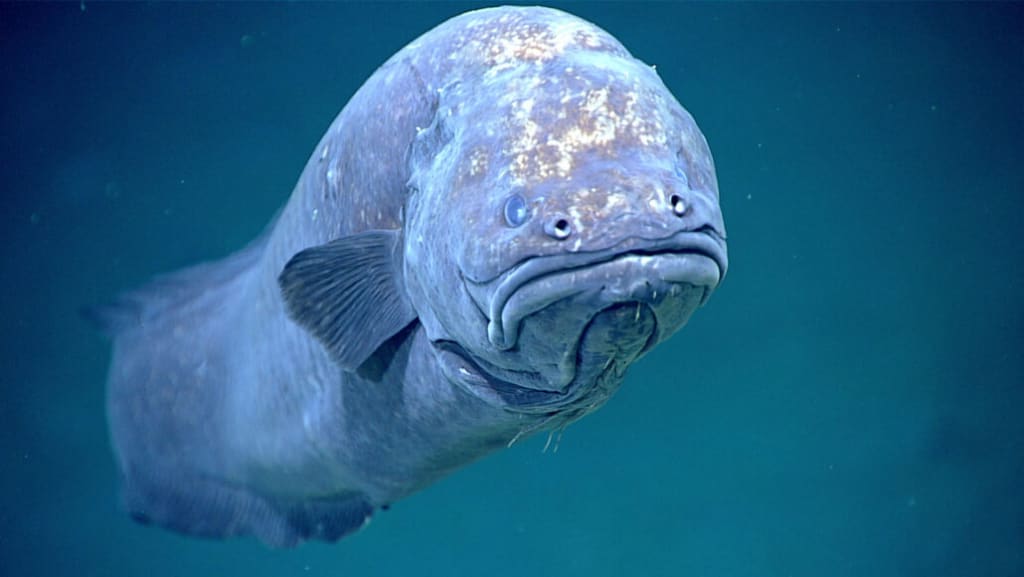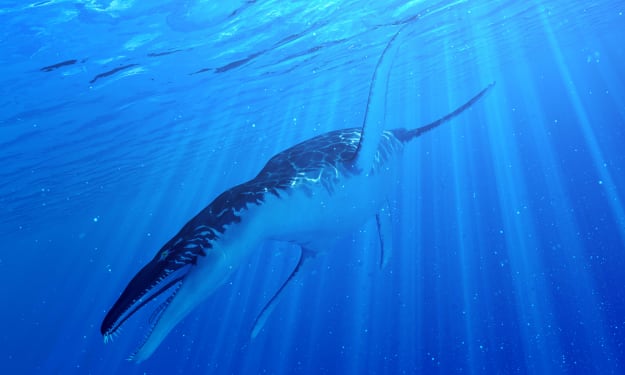Exploring the Fascinating World of Underwater Predators
The Body of Waters

The ocean is a vast and mysterious realm, teeming with life and hidden wonders. Beneath the shimmering surface, a diverse array of marine predators roam, each equipped with unique adaptations and deadly skills. In this educational article, we will delve into the captivating world of underwater killers, unveiling the fascinating behaviors and traits that make them formidable predators.
Electric Rays: Masters of Shock
Imagine encountering a creature that can stun and kill its prey without leaving a single mark. Enter the electric ray, also known as the torpedo. These massive creatures, weighing up to 80 pounds, propel themselves through the water with a shark-like tail. But their most astonishing feature lies in their ability to deliver a powerful electric shock.
The torpedo possesses modified gill muscles that contract in waves, generating an electric current. This current stuns and immobilizes unsuspecting fish, making them easy targets for consumption. In rare cases, when threatened by a diver, the torpedo can unleash up to 50 volts of electricity, which can result in a potentially fatal shock. It serves as a stark reminder that even in the tranquil depths, danger lurks in unexpected forms.
Blue-Ringed Octopus: A Deadly Beauty
The blue-ringed octopus, despite its diminutive size, is a creature to be feared. Measuring no larger than a golf ball, this delicate cephalopod possesses a potent venom that can incapacitate and kill its prey within minutes. The venom contains tetrodotoxin, a powerful neurotoxin that blocks nerve signals and causes paralysis. Astonishingly, this toxin is also lethal to humans, making the blue-ringed octopus one of the most dangerous creatures in the ocean.
These octopuses are expert hunters, relying on their keen eyesight and exceptional sense of smell to locate and capture their prey. They employ camouflage techniques, rapidly changing color and texture to blend seamlessly with their surroundings. Their ability to mimic their environment serves as both a hunting advantage and a means of evading potential predators. It's a stark reminder of the diverse and complex strategies employed by marine creatures to survive in their underwater realm.
Camouflage Masters: The Art of Blending In
The concept of camouflage reaches new heights in the underwater world. Creatures like the octopus, spiny lobsters, and stonefish possess unparalleled camouflage abilities, enabling them to become masters of disguise.
The octopus, with its remarkable color-changing abilities, can transform its appearance within milliseconds. By manipulating pigment-filled sacks called chromatophores, it can create intricate patterns and hues that mimic its surroundings. Coupled with the ability to alter the texture of its skin using papillae, the octopus becomes virtually invisible to both prey and predators. This adaptive trait allows it to navigate its environment with stealth and precision.
Spiny lobsters, on the other hand, utilize their environment to their advantage. Normally found hiding in cracks and crevices, they venture out during fall storms when they're vulnerable. To safeguard themselves, they form a protective huddle, moving in unison towards deeper, safer waters. By relying on collective movement and the safety of numbers, these lobsters demonstrate the power of cooperation and adaptation in the face of adversity.
Stonefish: The Master of Disguise
The stonefish, aptly named for its rock-like appearance, takes camouflage to a new level. Often mistaken for an ordinary oceanic rock, this creature possesses deadly defenses that make it a formidable predator. Equipped with 13 venomous spines on its dorsal fin, it can inject a potent mix of neurotoxins and myotoxins into unsuspecting victims.
The stonefish lies in wait, perfectly camouflaged among coral reefs or sandy ocean floors, patiently waiting for prey to come within striking distance. Once a potential meal draws near, it strikes with lightning speed, ensnaring its prey with its spines. This ambush predator demonstrates the power of camouflage, deception, and adaptation as tools for survival.
Sharks: Kings of the Ocean
No exploration of underwater predators would be complete without mentioning the apex predators of the ocean - sharks. These ancient creatures have roamed the seas for millions of years, evolving into efficient and skilled hunters. From the hammerhead shark to the great white shark, each species possesses unique characteristics that contribute to their predatory success.
The hammerhead shark, known for its distinctive hammer-shaped head, has developed sensory organs called the ampullae of Lorenzini. These specialized pores detect electromagnetic fields emitted by other animals, allowing the hammerhead to locate prey even in the darkest depths. With its keen sense of smell, sharp teeth, and exceptional maneuverability, the hammerhead shark is a formidable predator that embodies the awe-inspiring diversity of marine life.
Appreciating the Complexity of Underwater Predators
The underwater world is a complex ecosystem filled with a diverse array of predators, each with its own set of skills and adaptations. From electric rays and octopuses to stonefish and sharks, these creatures showcase the intricate web of life beneath the waves.
By studying and understanding these fascinating predators, we gain a deeper appreciation for the delicate balance ofnature and the incredible diversity of life on our planet. The adaptations and strategies employed by underwater predators highlight the remarkable complexity of the natural world and the ongoing struggle for survival.
Moreover, exploring the behaviors and traits of these predators offers valuable insights into the interconnectedness of ecosystems. Each species plays a crucial role in maintaining the delicate balance of marine life, and disruptions to these populations can have far-reaching consequences.
As humans, it is our responsibility to protect and preserve these underwater habitats and the incredible creatures that call them home. By understanding and appreciating the unique qualities of underwater predators, we can foster a greater sense of respect and stewardship for the oceans and their inhabitants.
In conclusion, the world of underwater predators is a captivating and educative realm. From the electric rays and blue-ringed octopuses to the masters of camouflage and the awe-inspiring sharks, these creatures demonstrate the incredible diversity and complexity of marine life. By delving into their behaviors and adaptations, we gain a deeper understanding of the natural world and the importance of preserving these fragile ecosystems. Let us continue to explore, learn, and appreciate the wonders that lie beneath the surface of our oceans.





Comments
There are no comments for this story
Be the first to respond and start the conversation.